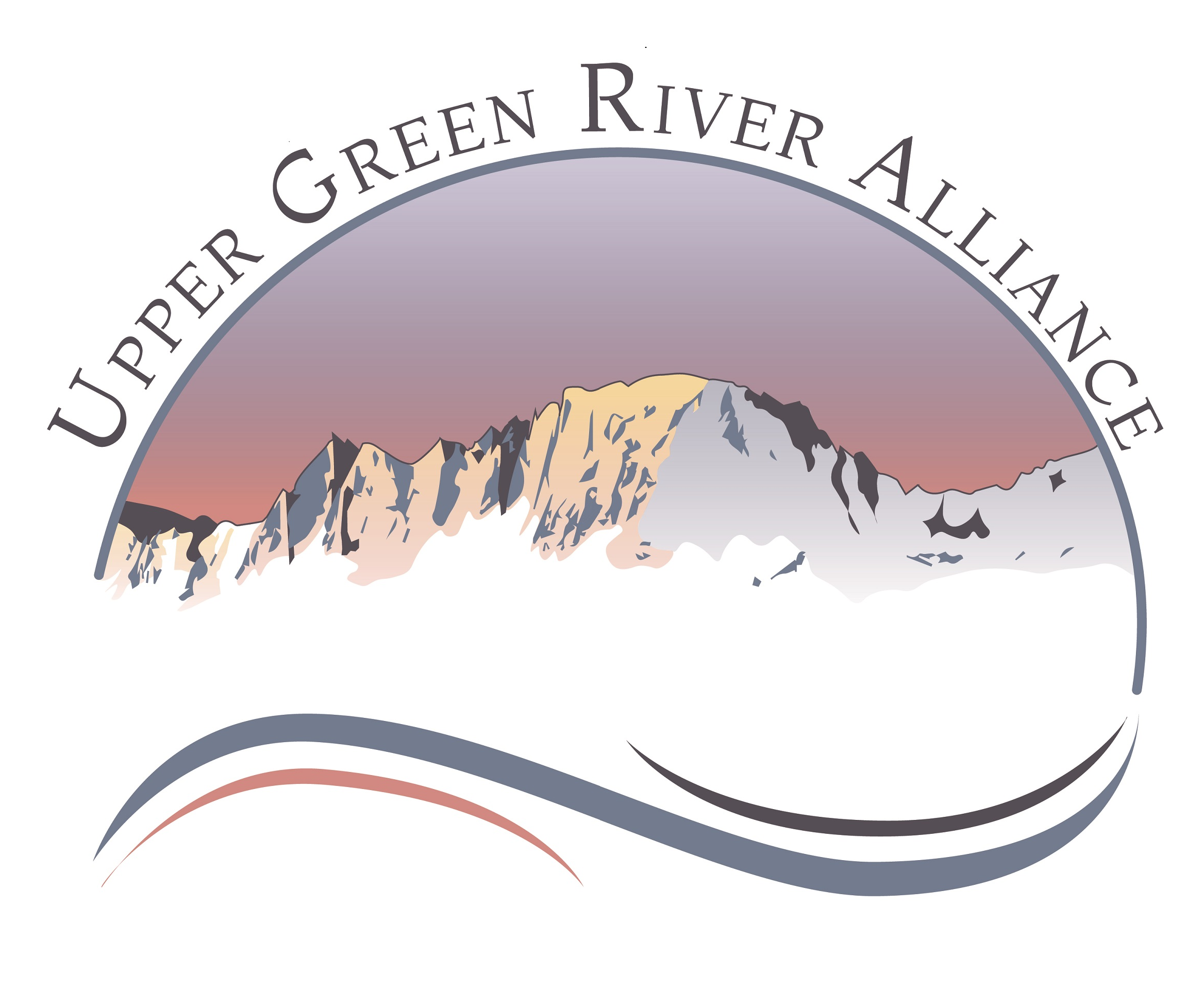The Upper Green River
The Green River is the northernmost headwater and the largest tributary to the Colorado River. The Green begins high in the granitic Wind River Range.
Lakes, glaciers, underground aquifers, and streams flow into this mighty, life-giving watershed.
A Water Commonwealth
Green River waters supply seven million downstream users.
The Green sustains our families and communities, from morning coffee to evening baths; as blue-ribbon fisheries and rangeland irrigation.
Then we pass it on.
Water is our Blue Gold
Green River ground and surface waters are interconnected habitats.
Clean, abundant water is our inheritance and our legacy.
River Networks
The Green River is a transportation network of sediment, nutrients, and a host of organisms.
The Green is physically, chemically, and biologically connected to downstream rivers through migration of fish, amphibians, plants, and microorganisms.
The Green River is an aquatic migration corridor.
An Incredibly Important Place
A stretch of the Green River runs through Wyoming’s largest wetland complex.
Along the Upper Green there are elk, mule deer, moose, pronghorn, grizzly bears and wolves: a host of species rarely found in the American West.
The Green
Water Flowpaths
Our surface and ground waters are interconnected.
Streams and wetlands recharge underground aquifers and feed rivers, which evaporate into precipitation, which falls to floodplains, which become rivers and streams again.
Since water first flowed across the earth, our ancestors drank the same water we drink today.
Storm on the Horizon
SURFACE WATER
The entire Colorado River Basin is suffering from a 19-year drought.
The ecosystem is under significant threat.
The U.S. Bureau of Reclamation has found that the river will not be able to provide enough water for its communities in 50 years.
We need to make every drop count.
Groundwater
“Injected” Water
In the watershed’s northernmost Upper Green River valley, Sublette County methane gas producers have “injected” 23,966,201,742 gallons of “produced” water deep into the ground.
Measured as 570,623,851 barrels that’s 73,550 acre feet of water
The long-term effects of injection are poorly understood.
Beneath The Surface
Water “Disposal”
As of December 2018:
Sublette County gas producers have “disposed” of 10,900,173,312 gallons of water.
That’s 259,527,936 barrels or 33,436 acre feet of water.
Sublette County gas fields have, to date, injected and disposed of a significant portion of Wyoming’s contribution to the drought-stricken Colorado River: close to 35 billion gallons.
That’s enough water to supply Phoenix, Denver, and Las Vegas for five months.
Fracked
Hydraulic fracturing is commonly used in Upper Green River Valley methane gas fields.
“Fracking” involves the injection of fluids, including toxic chemicals, into gas wells at very high pressure.
Hydraulic fracturing is exempted from regulation under the Safe Drinking Water Act.
Upper Green River groundwater sources are extremely precious in this high, cold desert.
Glaciers & Snowfields
Wind River Range glaciers encompass the largest glacial complex in the American Rocky Mountains, and they’re shrinking quickly.
The melting effect intensifies during these drought years, causing exposed ice to melt even faster and rivers to become depleted more quickly.
This extreme melting further exacerbates water loss from the Colorado River watershed.
The Upper Green River Alliance believes that:
- Water conservation is the best way to protect the entire Colorado River basin
- Wiser water management must include freely accessible, comprehensible Wyoming water data
- Groundwater is as important as surface water and should be measured, budgeted and reused
- The state of Wyoming needs a master water plan
- The state of Wyoming needs one Wyoming water agency

